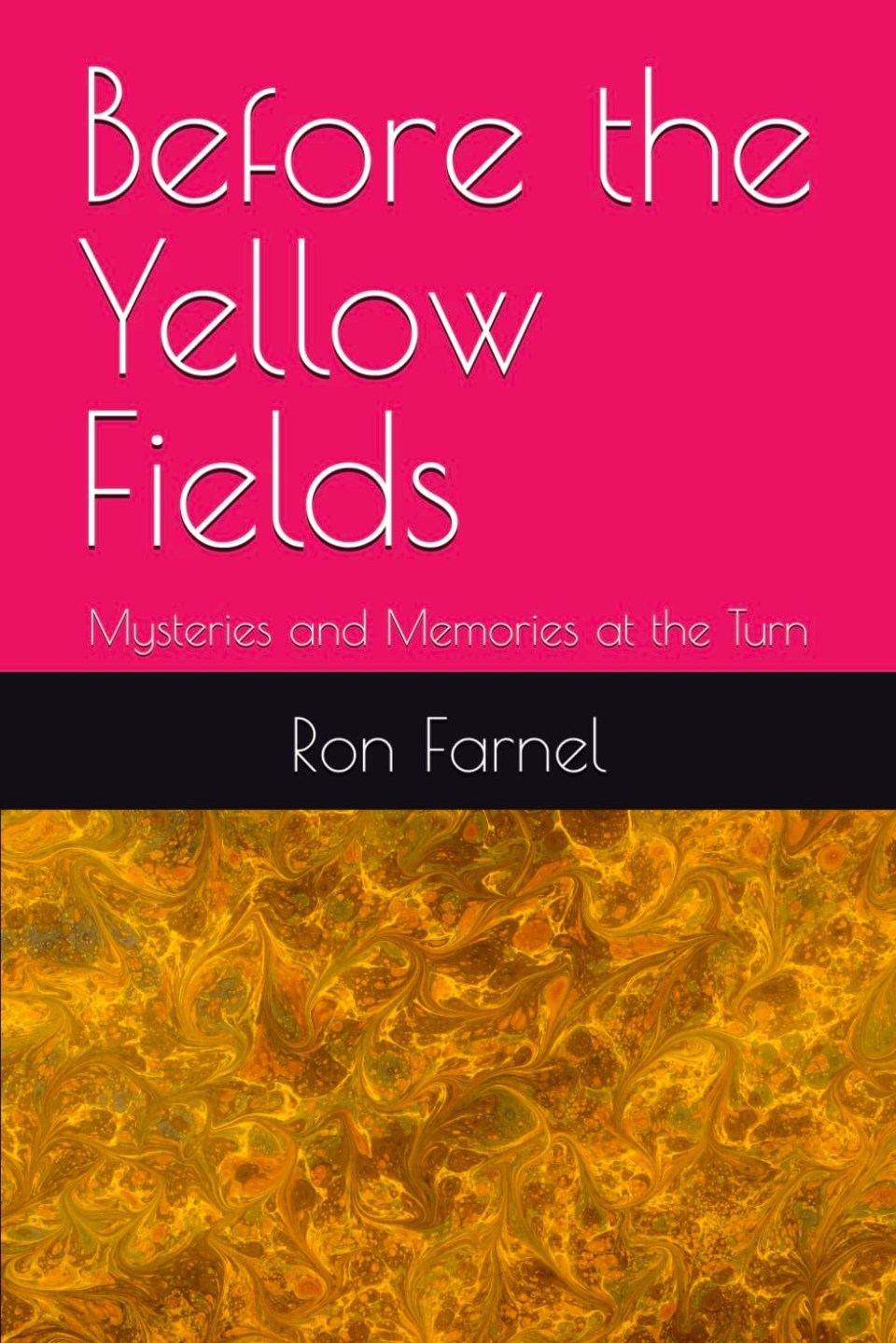MOOSE JAW — A summer of magic, mystery, and bravery has come to an end, as the Sand Hills People witness the rise of one remarkable man and the decline of another in Ron Farnel’s first book, “Before the Yellow Fields: Mysteries and Memories at the Turn,” an historical fiction novel that delves into Indigenous life in Southern Saskatchewan before European contact.
The novel, released May 29, transports readers to the rugged terrain of the Moose Jaw River, a site of historical significance for Indigenous communities. Farnel, a retired farmer now living in Moose Jaw who grew up surrounded by Indigenous artifacts, said the area's history has always fascinated him.
“I was raised on a farm that had teepee rings, and we occasionally would find stone hammers, or, once in a while, an arrowhead. So I've always had this interest …,” Farnel explained. “After I retired, I thought, maybe I'll write a story about the Moose Jaw area … known as ‘The Turn.’ It was a well-known place during Indigenous times.”
“The Turn” is a well-known bend in the Moose Jaw River that has been a site of historical importance for Indigenous bands, Métis buffalo hunters, and even the Hudson’s Bay Company. Farnel’s novel blends historical facts with fiction, bringing the area to life during a time when the land was central to trade and spiritual practices.
Although Farnel has no Indigenous ancestry, he emphasized that his book is a work of fiction rather than a cultural or historical manual. He hopes to provide readers with a close representation of pre-settlement life in the area, focusing on the human side of the story.
“I wanted to portray these characters as ordinary, not as saints or sinners, but as real people,” he said. “I wanted to show their human side — just like us, they had their strengths and flaws.”
The book’s central character, Walks Alone, grapples with tensions between himself and another character, Yellow Snake, as they navigate life on the Prairies.
“In this novel, I have aimed to blend historical context with narrative intrigue, reflecting the human complexities that still resonate today,” he explained. “I have written this manuscript in a simple, straightforward style, as if the readers are listening to a storyteller, reminiscent of the Indigenous peoples themselves.”
Farnel included elements of Indigenous spirituality, such as animal guides and apparitions, to reflect their worldview. He noted that his portrayal is based on his own research and understanding of pre-contact times. While he hoped to consult with Indigenous Elders, he wasn’t sure how to begin the process and didn’t expect the story to become a full book.
The story spans a wide swath of southern Saskatchewan, with events taking place from the Sandhills to the U.S. border. Farnel said he wanted to portray the vastness of the region and how Indigenous people relied on oral stories to navigate their world.
Farnel, a lifelong writer, began working on his novel after retiring. What started as a short story quickly grew into a full novel, and with his debut now published, he's already working on a sequel.
“I hope people enjoy the mystery and the magic in the book, but I also hope they get a sense of the history and the significance of the land and its people,” he said. “I devoted considerable effort to crafting a surprising conclusion … I invite you to explore this intricate world, filled with mystery and magic, where individuals confront spiritual challenges, encounter animals, and battle demonic forces, all while grappling with the human frailties that persist in our modern lives.”
“Before the Yellow Fields: Mysteries and Memories at the Turn” is now available for purchase on Amazon.ca.




